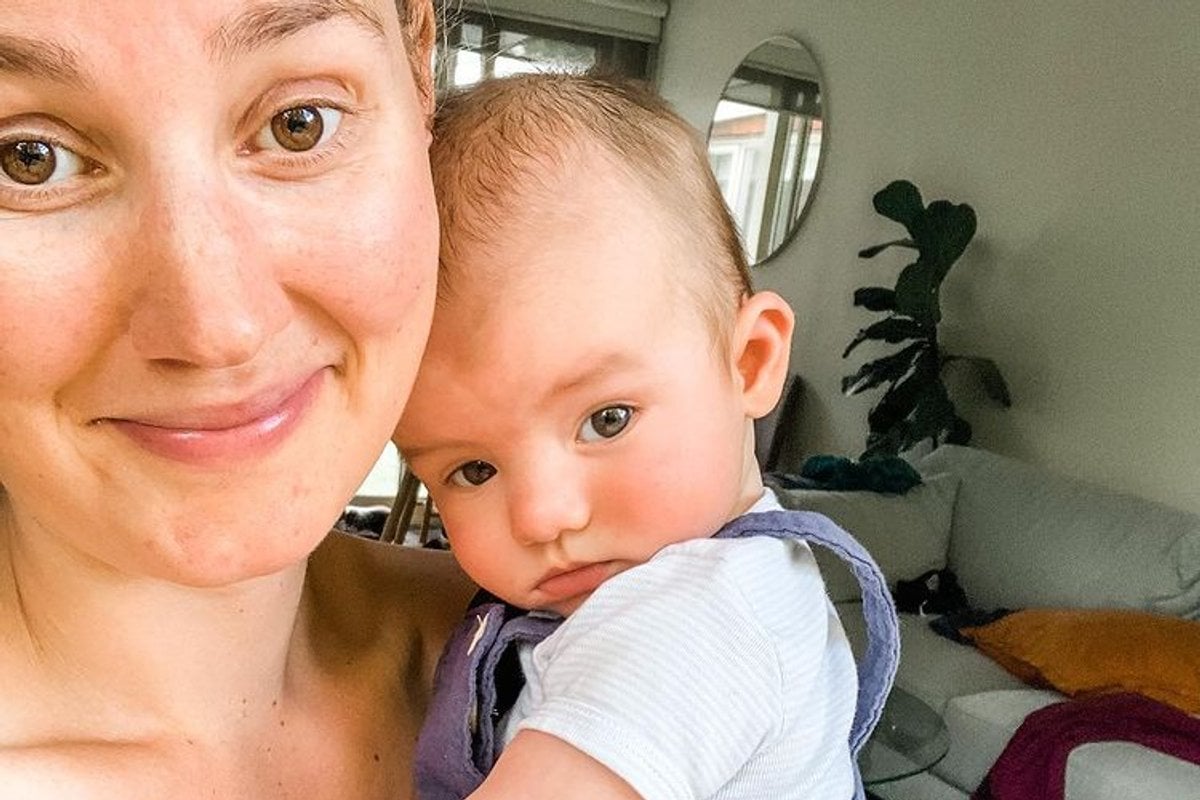
From the moment my son could utter a few words, I was gifted with a tiny, critical observer during my toilet visits.
Our bathroom D&Ms have since graduated from naming different body parts (penis, vulva, bum) to excited exclamations of the actions being performed (poos, wee-wees, and the all-important hand washing), and now suddenly, just this past weekend, a request to take the toilet for a spin himself.
Watch: Toilet training with perfectly imperfect mums. Post continues after video.
I was completely caught off guard by his sudden interest, so I immediately took to Google for answers to my rapidly multiplying questions about how not to mess this whole thing up. I emerged dazed and confused, having read several lists of 'helpful tips' that completely contradicted one another.
So, I’ve recruited the help of two experts in their respective fields; Deirdre Brandner, child psychologist, parenting expert and author, and Dianne Verstappen, a board-certified behaviour analyst and founder of Aspire Early Intervention.
Between them, they’ve managed to collectively clear up my confusion and provide some failsafe tips for all parents starting down the road of toilet training (lord help us all).


Top Comments